Secrets to Success with Wildlife Photos
“Wow, how long did you have to wait to get that shot?” This is a common reaction to a striking wildlife picture.
The answer is not long. It’s not about waiting. You can wait forever and get nothing. It’s about opportunity and anticipation.
Opportunity is both made and taken.
These shots, taken simultaneously at Staten Island Road in Walnut Grove, illustrate opportunity made.
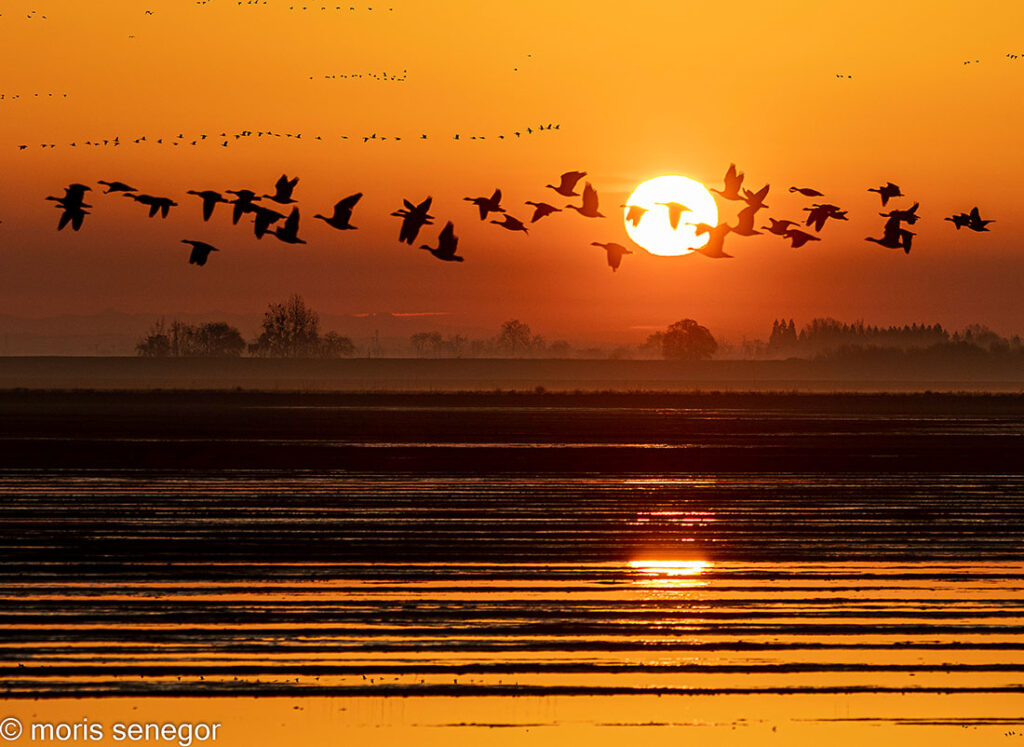
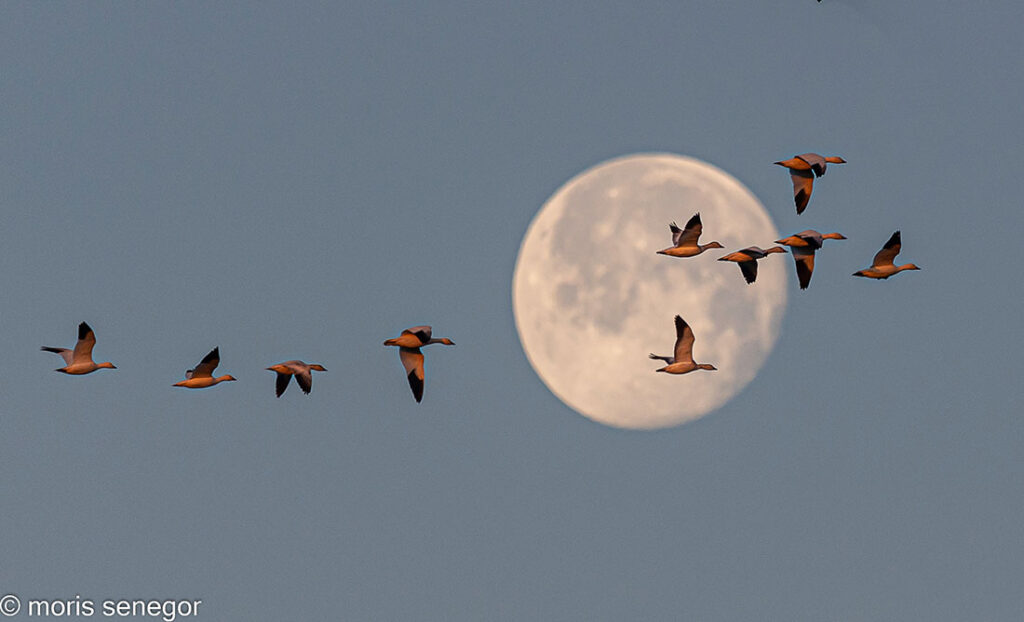
I follow the moon on a photographer’s app. I therefore knew that on a specific morning sunrise and moonset would coincide, and at a time when there would be good light. The weather forecast was clear. When all those ducks were lined up, I went to a familiar spot where I knew there would be lots of birds. I pointed east and got the sunrise; I pointed west and got the moonset. It took less than fifteen minutes to capture what I came for.
Creating opportunity takes experience with wildlife locales and their field and light conditions. It won’t happen without preliminary scouting, often multiple times. It certainly won’t happen if you don’t know when the wildlife you seek is likely to be there.
Much of the wildlife I photograph is migratory. The animals appear in certain seasons. Knowing this creates opportunity.
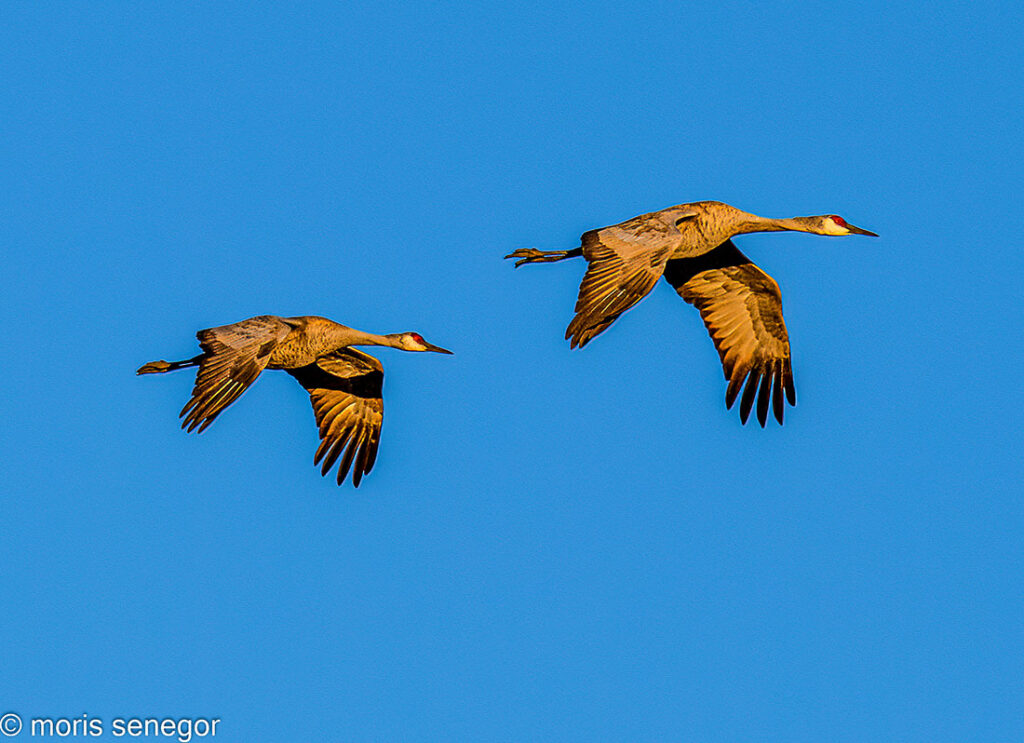
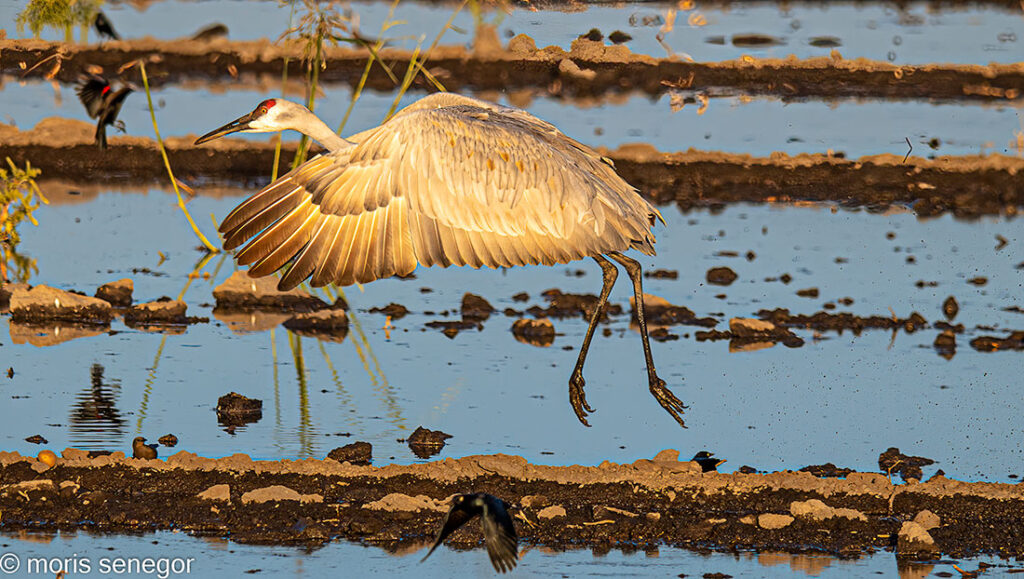
Sandhill cranes visit my area in autumn and early winter. I have discovered the best places to photograph them around Cosumnes River Preserve. During the season, I never come home empty handed.
For unfamiliar wildlife in faraway locales, it helps to go on paid outings with knowledgeable guides.
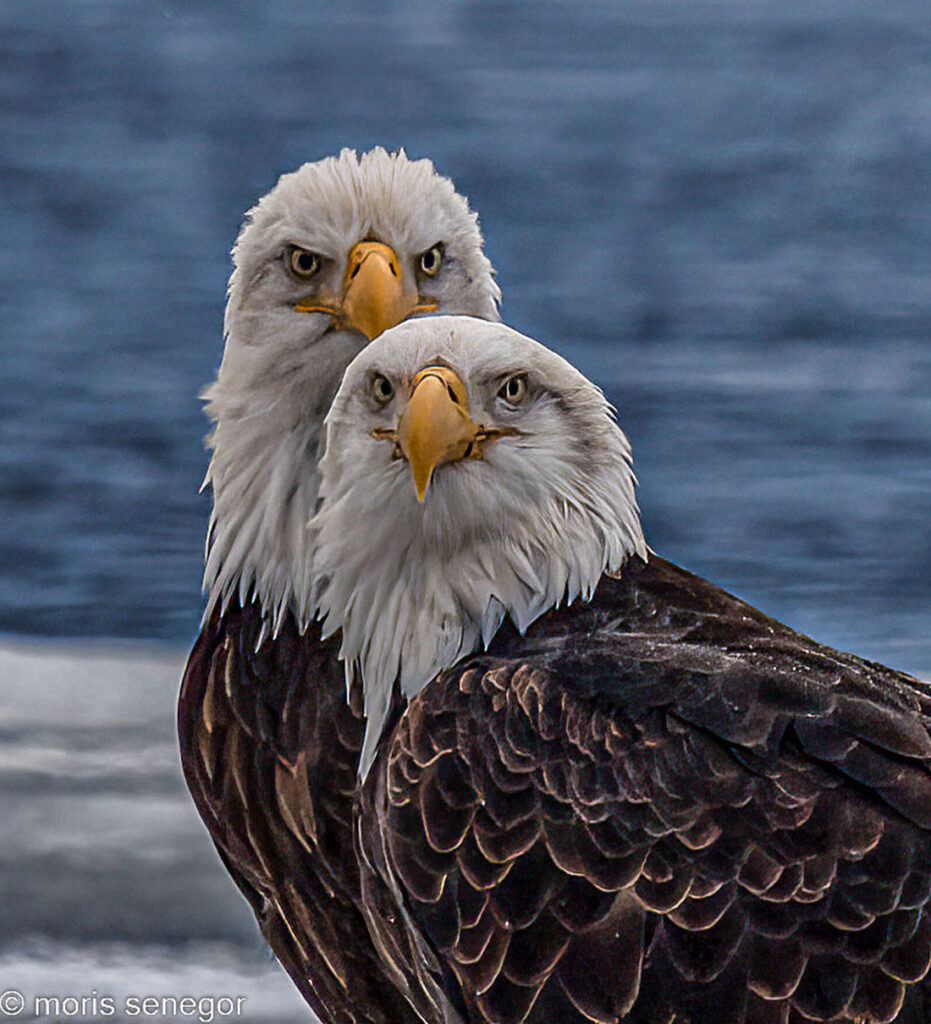
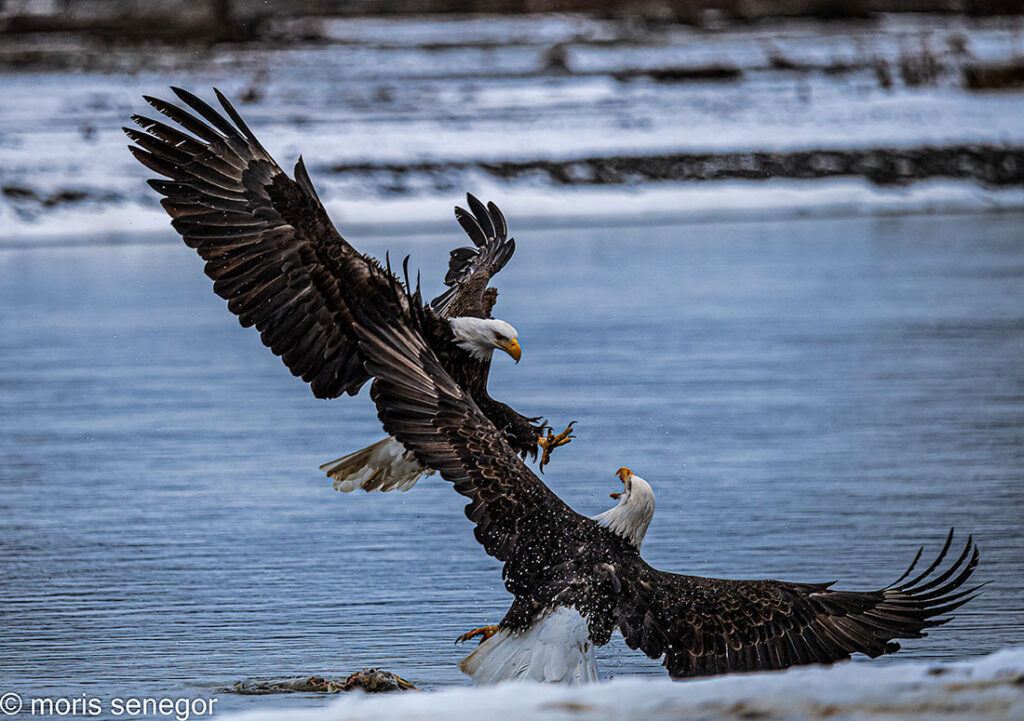
I went all the way to Haines, Alaska in November – not the best weather then – to photograph bald eagles that congregate in large numbers along the Chilkat River. My guide was Carl Donahue, an Alaskan photographer.
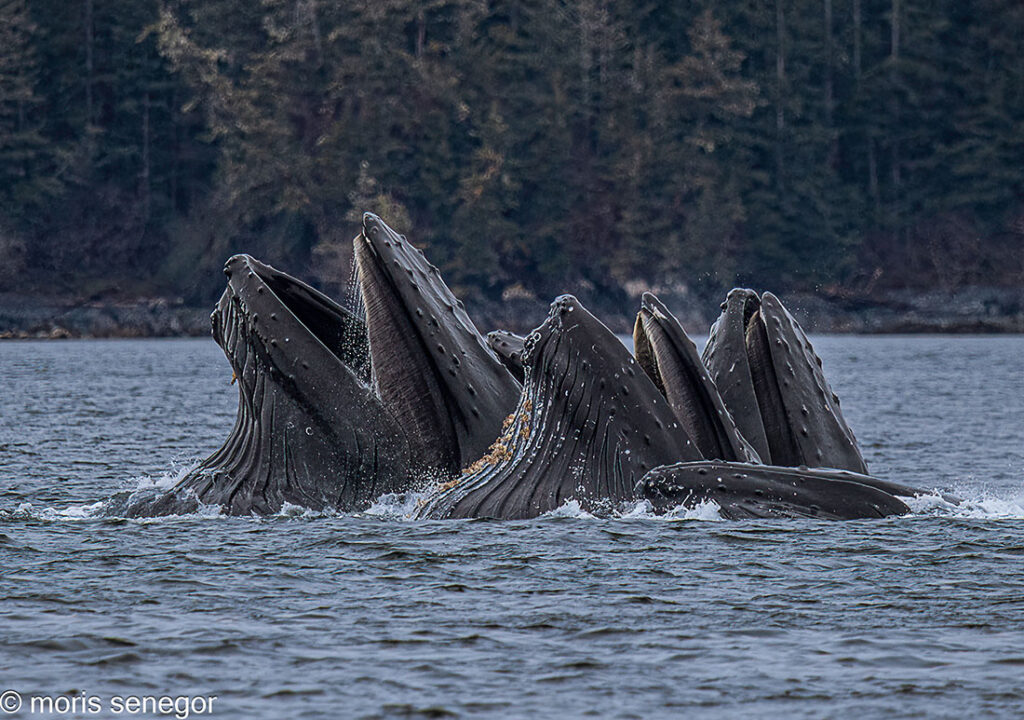
Soon after, I returned, this time to Sitka, again with Carl, to photograph humpback whales. It was in March, during a herring run that attracts whales. It is a brief season, only a few weeks and, as with the Chilkat eagles, in unfavorable weather.
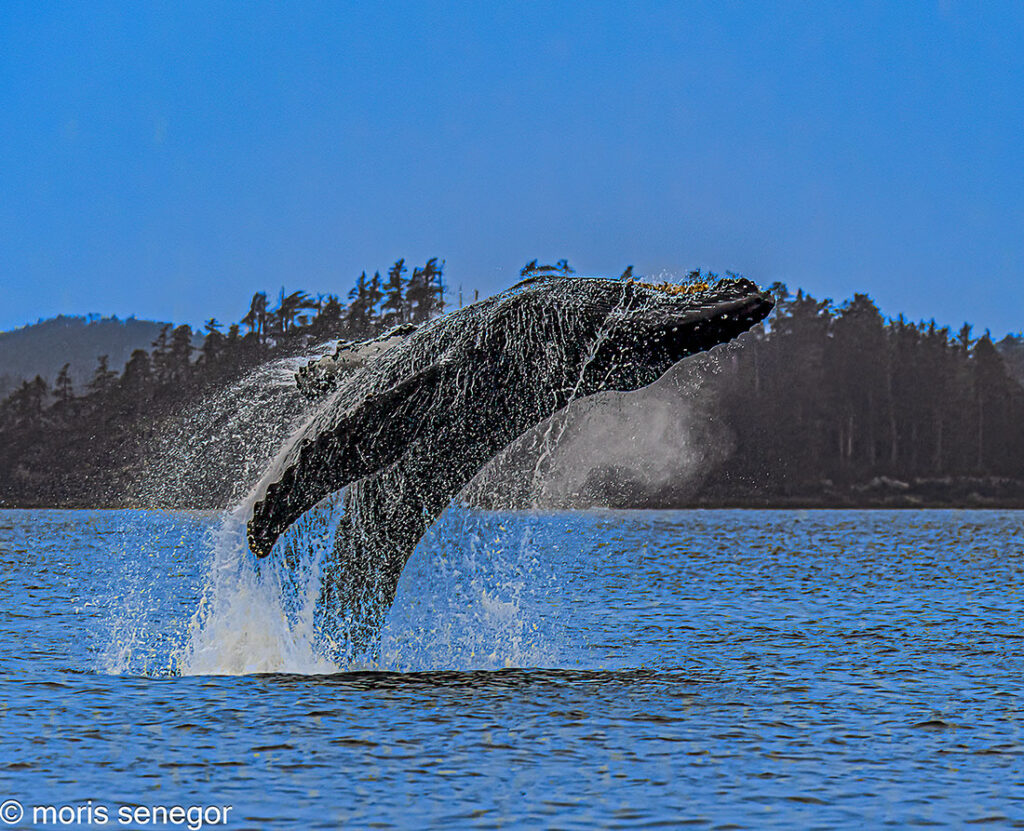
If you genuinely want the shot, you have to sometimes be willing to spend money and put up with poor creature comforts to get it.
Some spots, like those in Alaska, I’ll visit only once. With others, once I know the lay of the land, I might return.
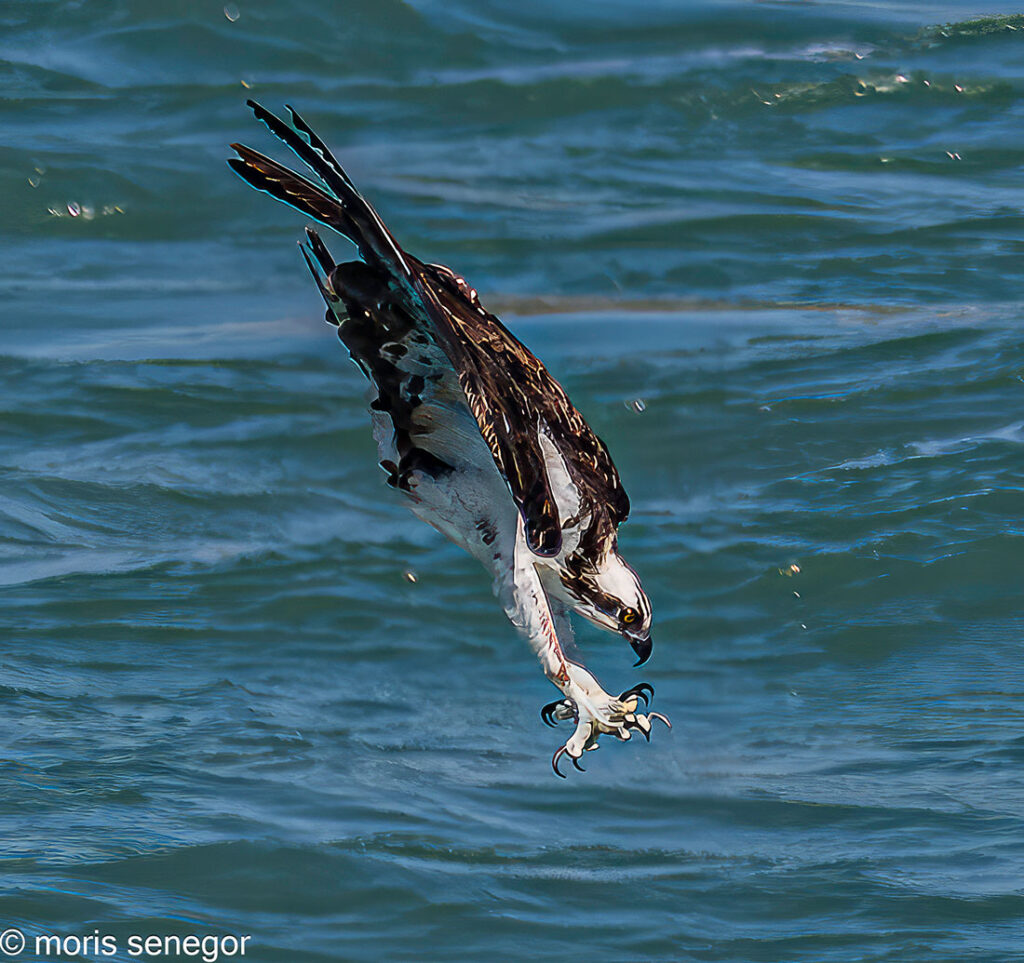
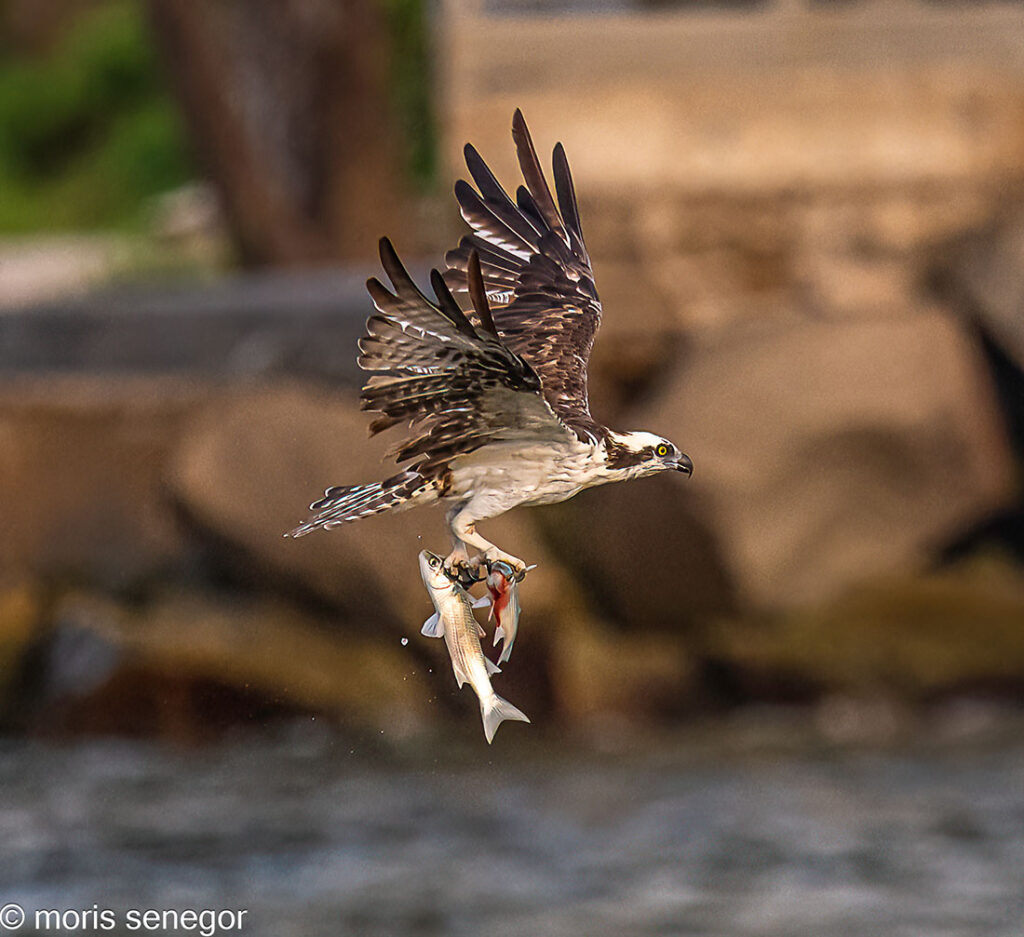
I went to Florida, near Vero Beach, with photographer Mark Smith, to shoot hunting ospreys.
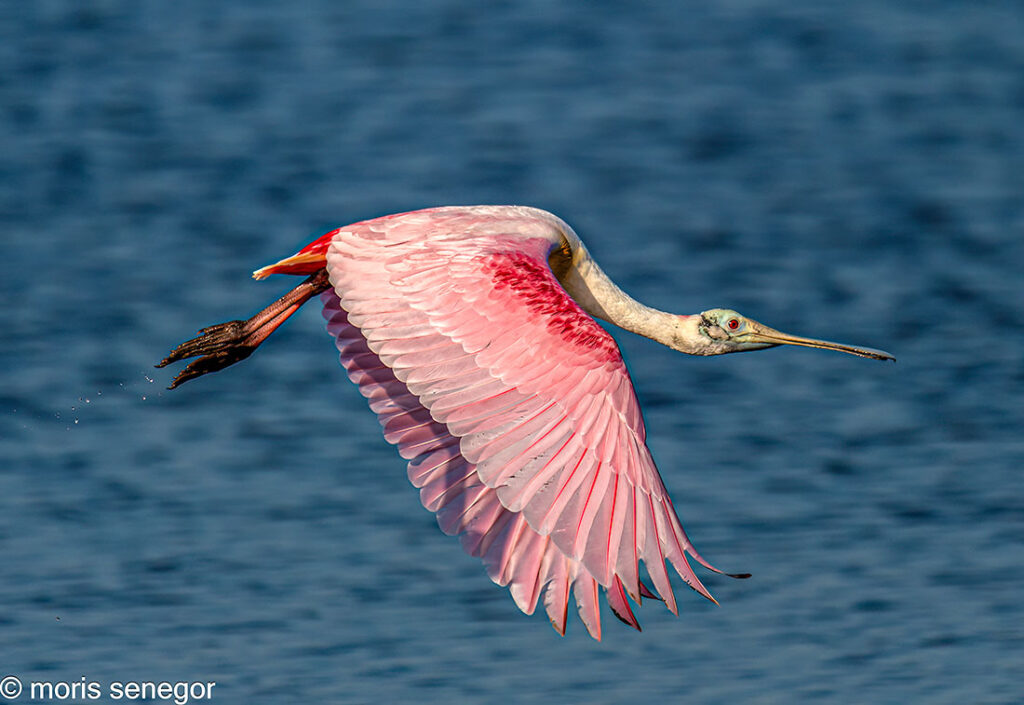
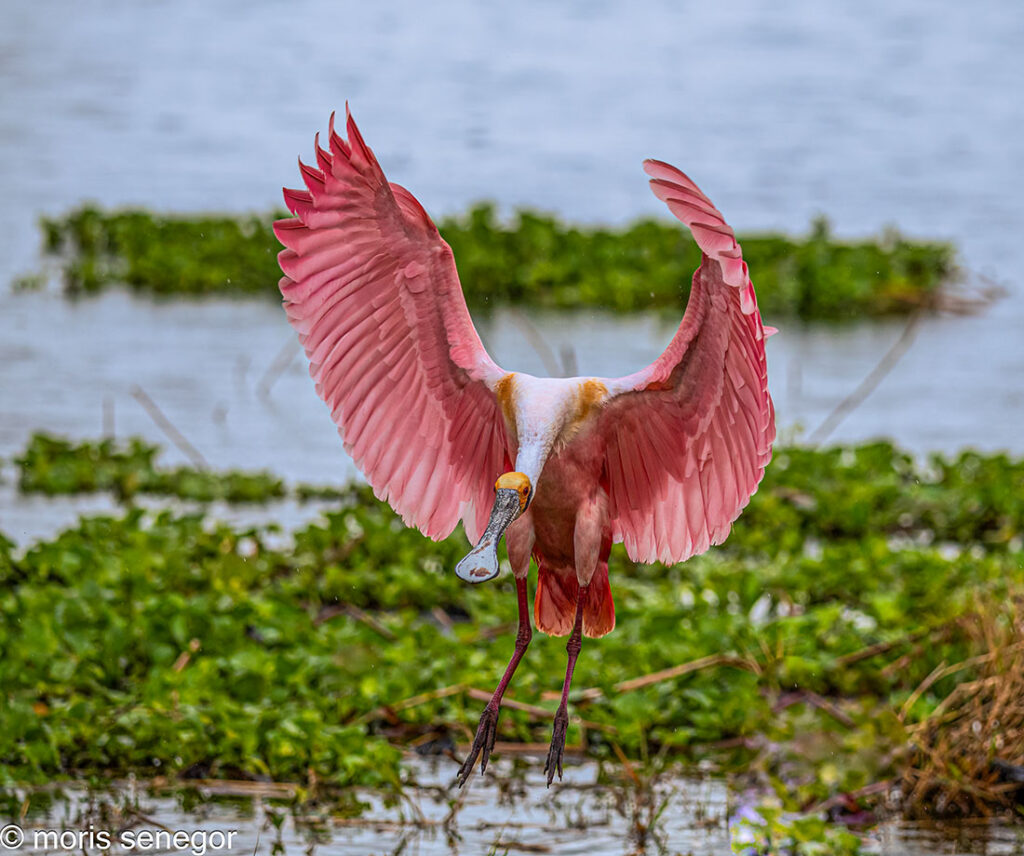
Florida was easier than Alaska, both in weather and ability to get around. So, I returned, this time by myself, and photographed roseate spoonbills during their season. I succeeded because I had conducted the necessary research ahead of time.
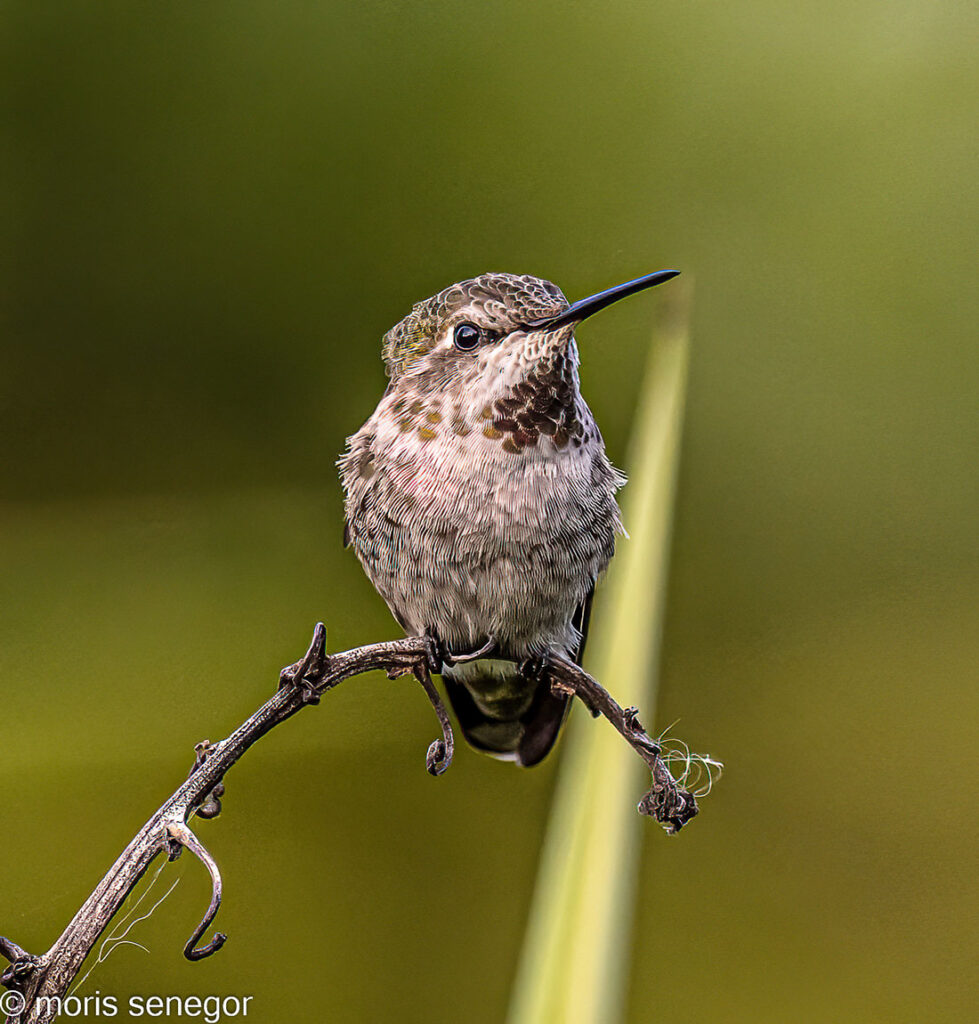
It’s not enough to create opportunity. You must also capitalize on it. Wildlife does not pose for the photographer. Well, not quite. On a few lucky occasions you’ll catch a subject, like this San Francisco hummingbird above or this Wyoming moose below, standing there, posing.
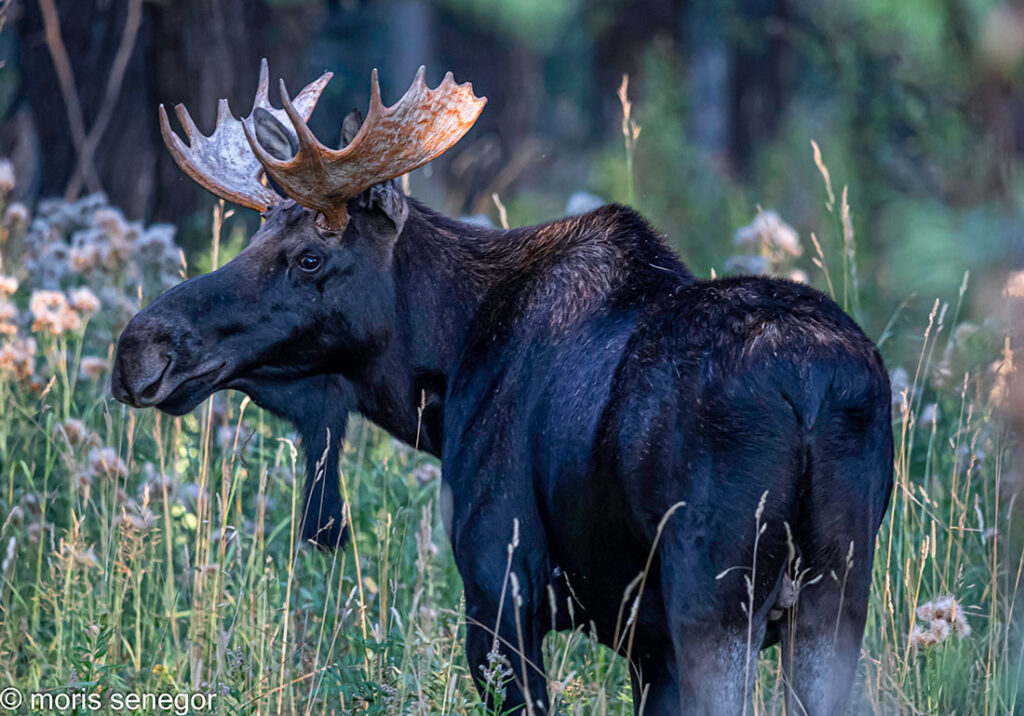
Most of the time however, wildlife, especially birds in flight, are fleeting experiences. You have to be quick on the trigger and get the shot in a split second. That means that you need to practice tracking, be ready with proper camera settings and keep an alert eye.
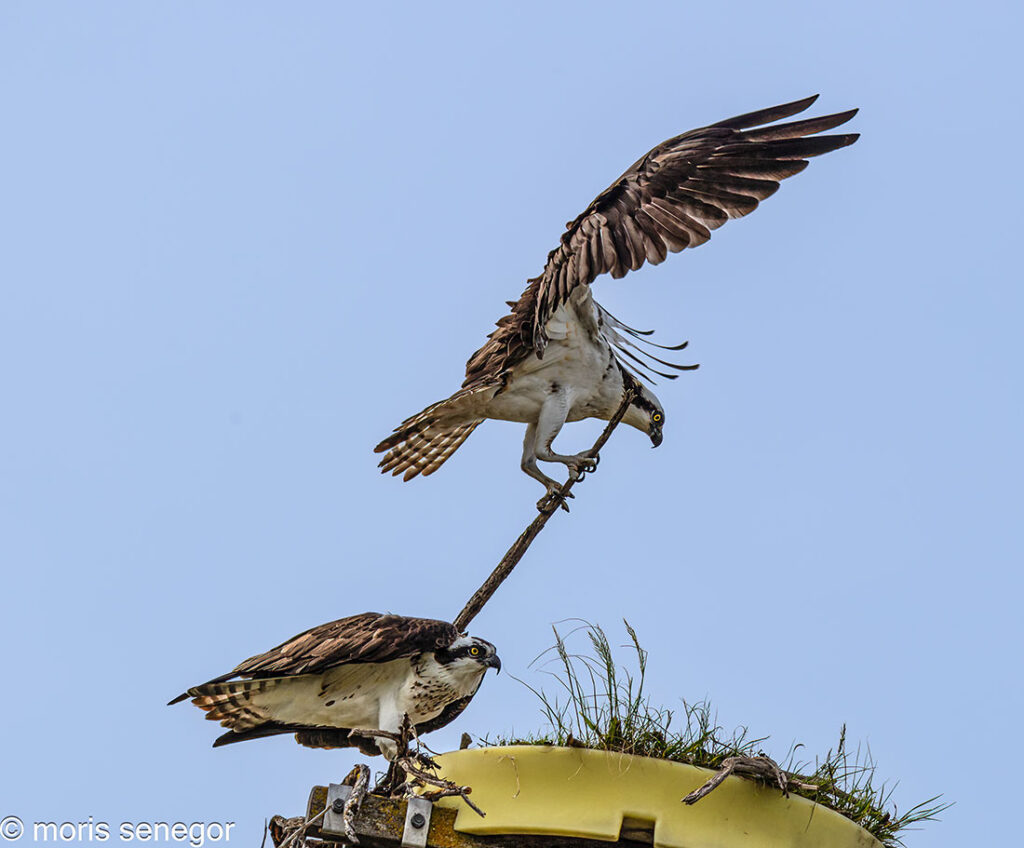
This osprey appeared seemingly out of nowhere, with that branch in its talons. I captured it instinctively, without thinking.
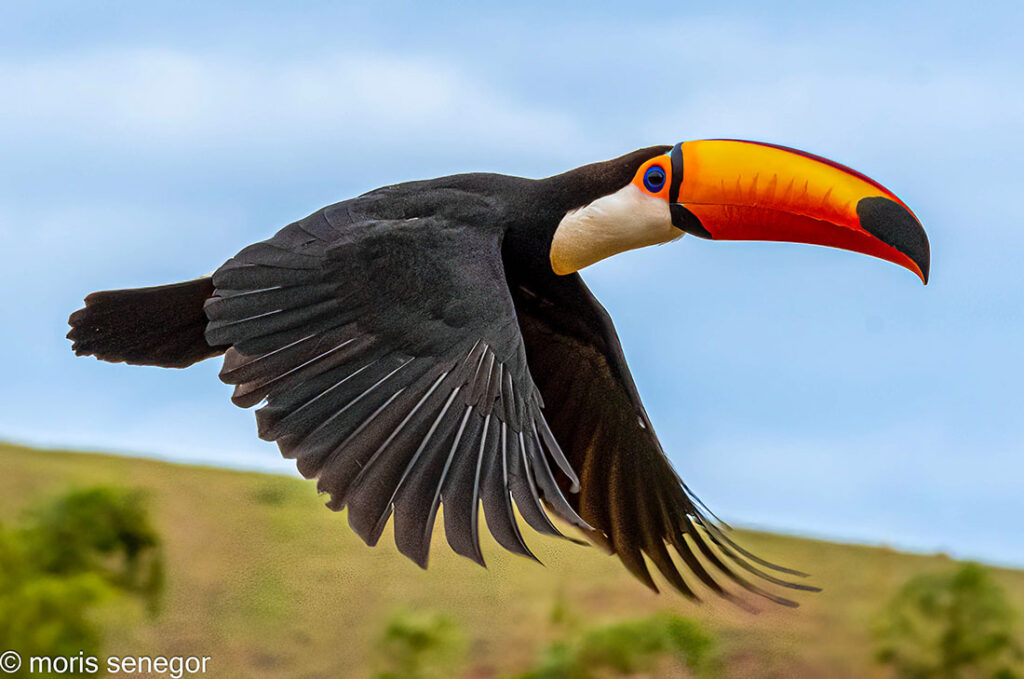
This toucan is another example. It happened in rural Brazil. I saw it perched outside my hotel window. I quickly turned inside to grab my camera which, fortunately, was already set for birds in flight. When I returned it was flying. I squeezed a few shots. It all happened in a split second.
Was this a lucky break? Certainly.
But when luck comes your way, you still have to take advantage of it.
* * *
Now let’s move on to anticipation. This is all about predicting what an animal will do and being ready for it.
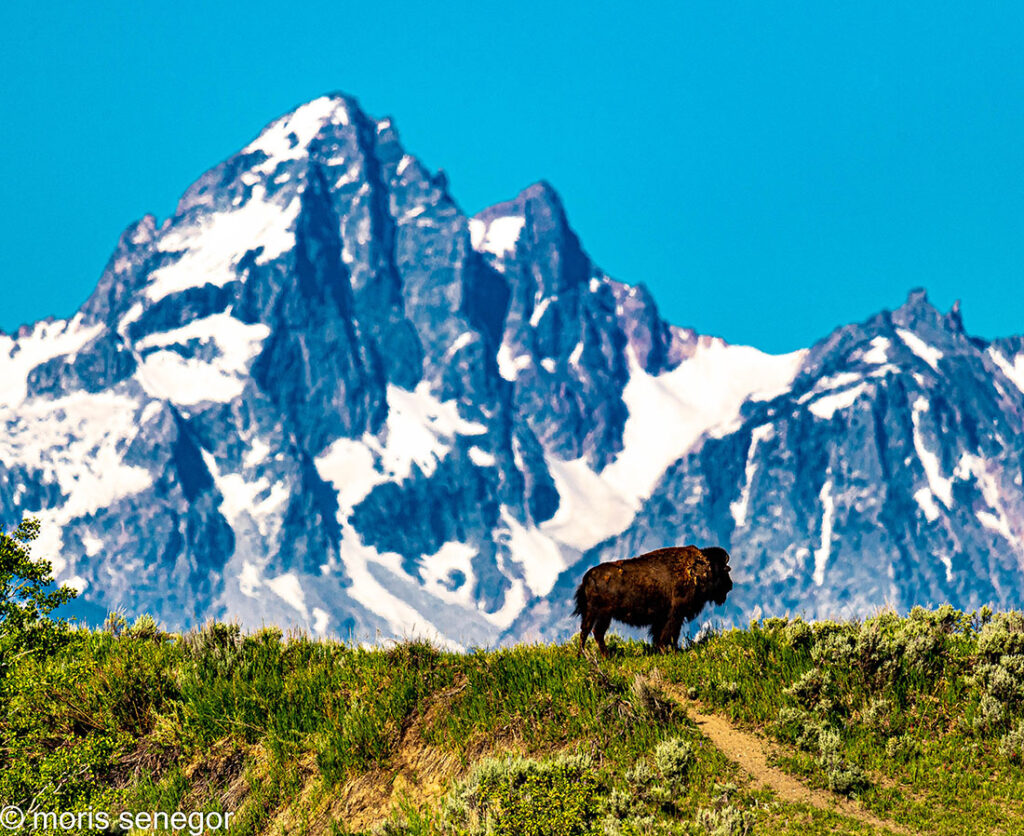
I first learned this lesson in Wyoming with Steve Mattheis, another pro. We spotted a bison crossing the road. He stopped the car and suggested that we wait. He predicted the animal would rise onto a butte with the Teton range backing it. We waited, it did, and I got the shot.
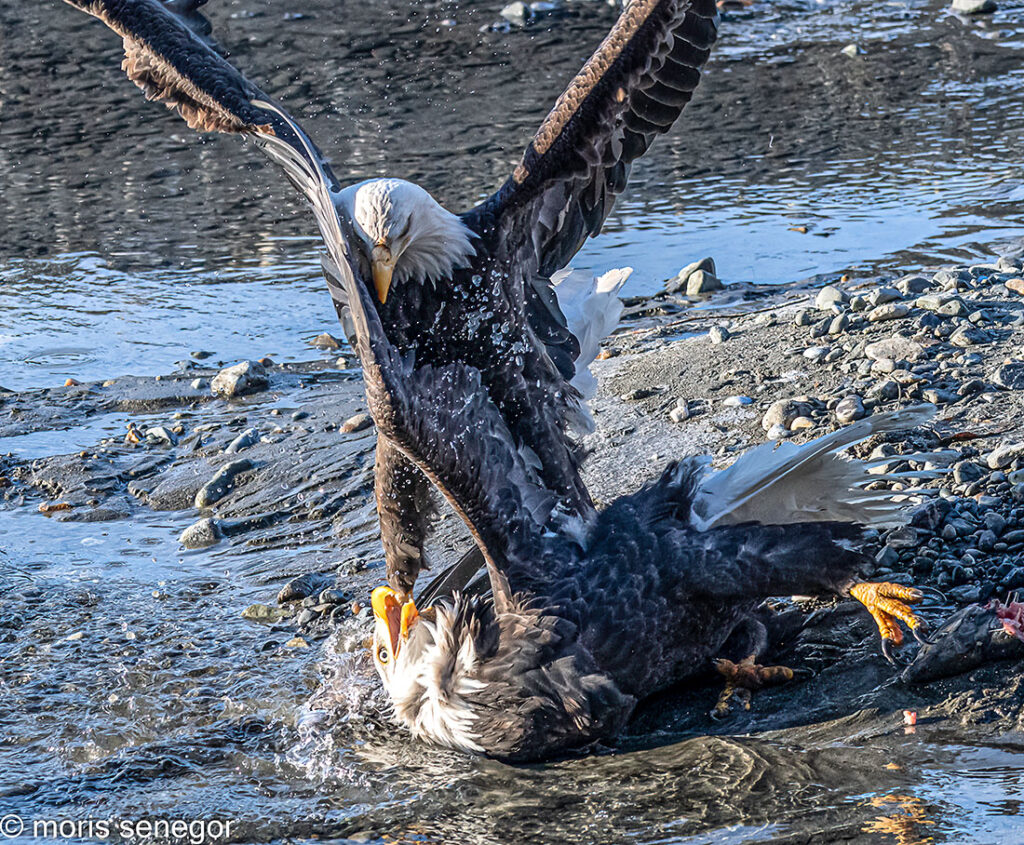
The eagles of Chilcat River frequently fought each other for fish. This made for dramatic shots. When one plucked a salmon from the river, we expected the bird to be besieged and a fight to break out. We all moved nearby and waited. The birds did not always fight, but they did often enough to make it worthwhile.
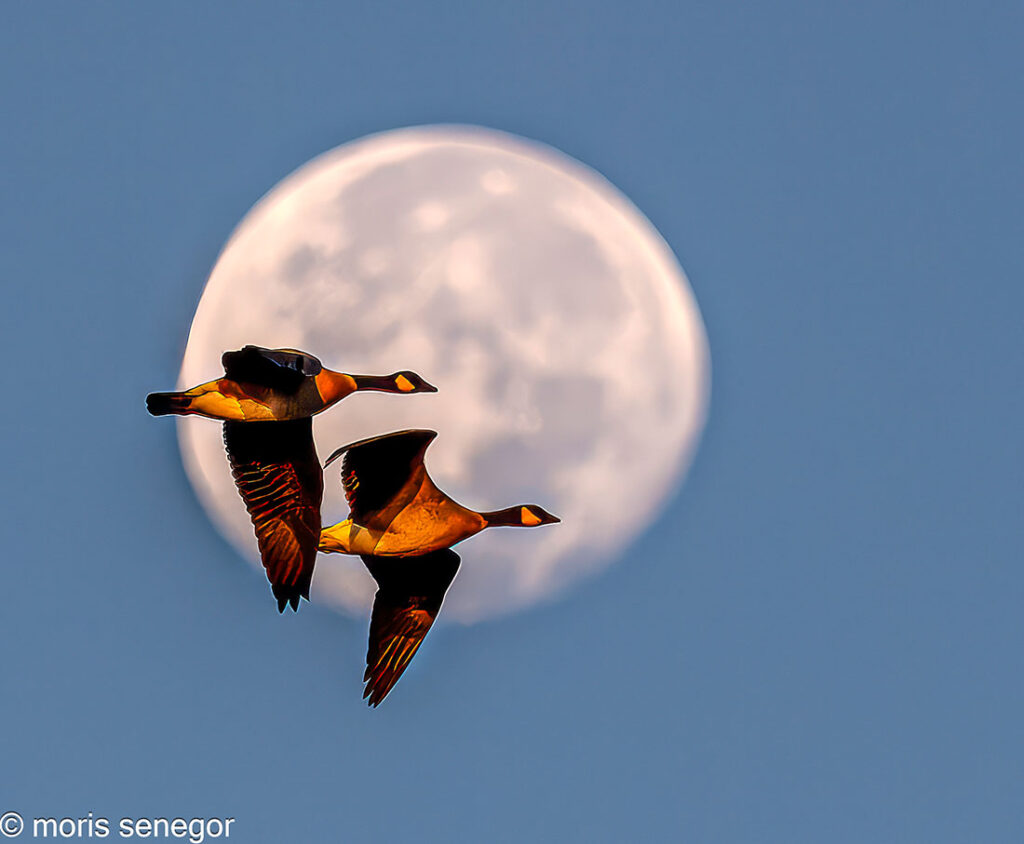
Catching birds flying by the moon is another exercise in anticipation. You locate yourself at a time and place where the moon is low and big, and the light is favorable. The place has to be full of birds. Then you wait for some to fly by the moon. Very few do, but those you capture are dramatic.
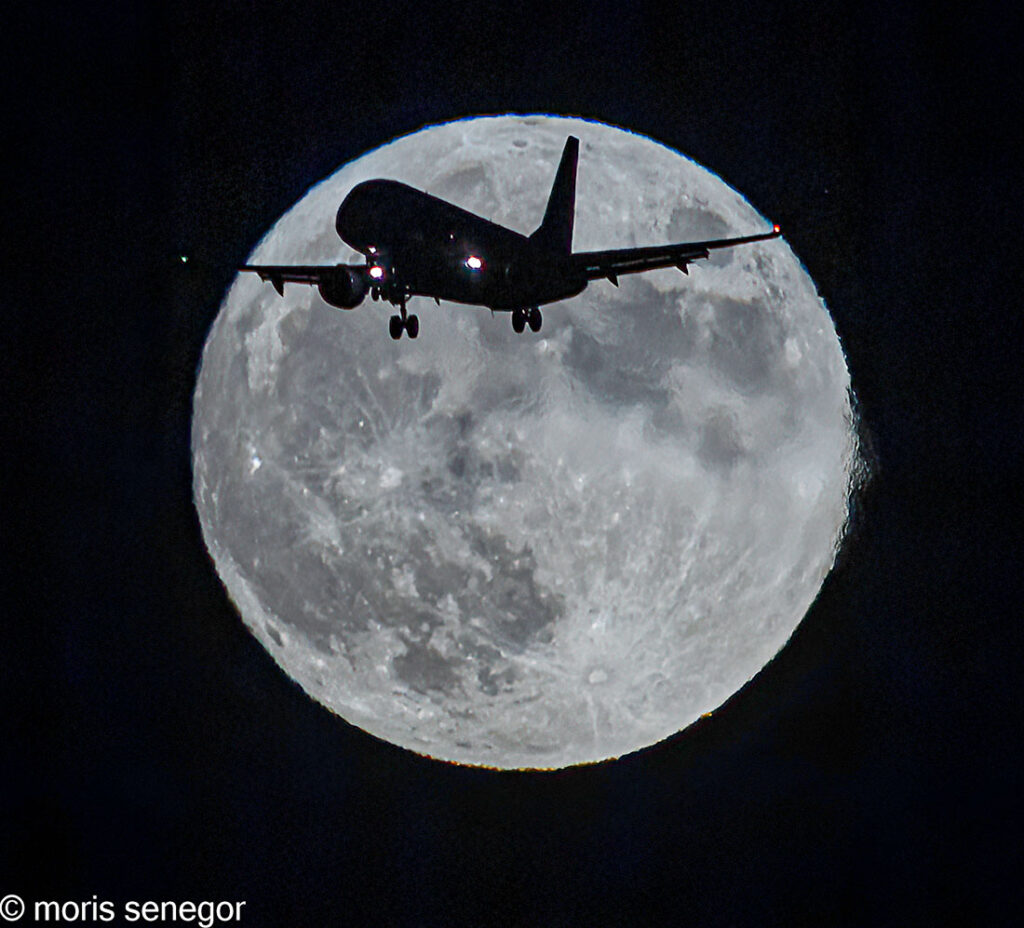
This plane-by-moon shot is no different, the plane behaving like a bird in flight. For this one I went to a bayside spot long before moon rise and practiced on landing planes. Then, when the moon rose, I waited for a plane to cross it. Not many did. But this one was worth all the effort.
Perhaps the best exercise with opportunity and anticipation is one of the toughest shots of them all: birds catching and eating prey.
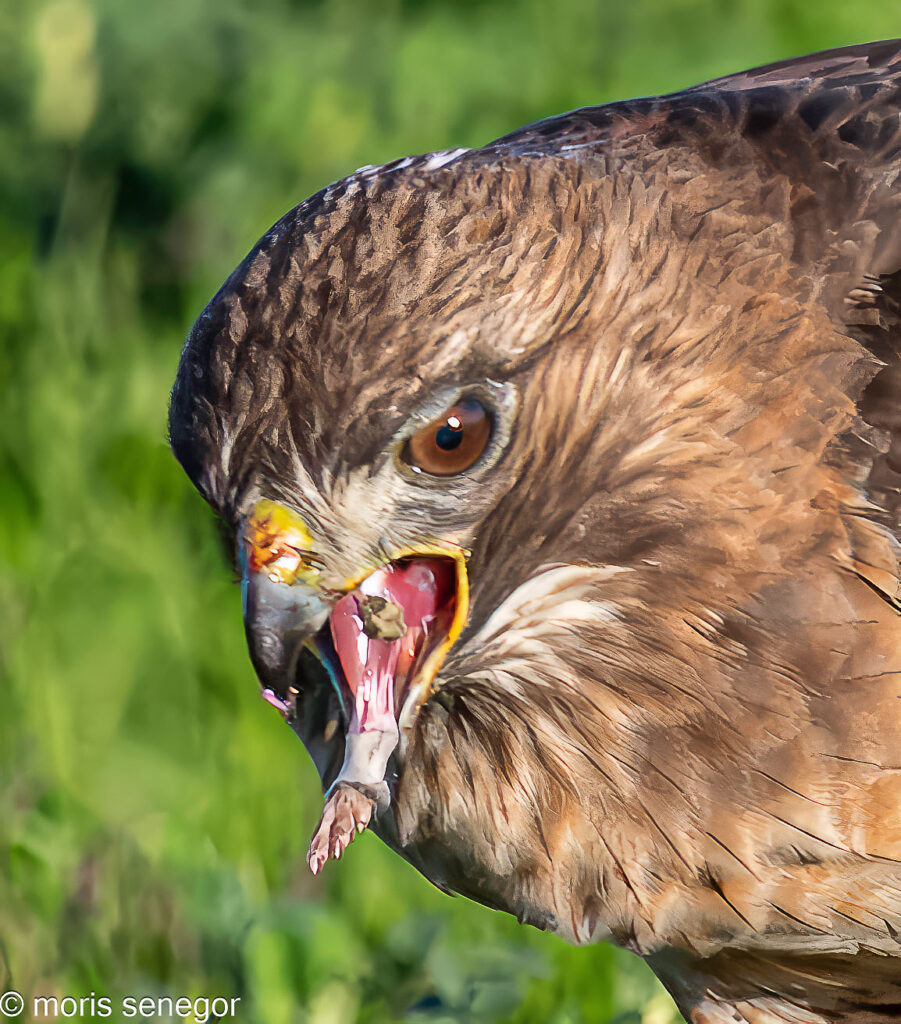
This red tailed hawk I shot in French Camp was on the ground, partially hidden among vegetation. I spotted it as it repeatedly dipped its head down. It was eating something. I stopped within a few feet of it, hid behind my car and got the shots without spooking the hawk. The photo above shows his last bite.
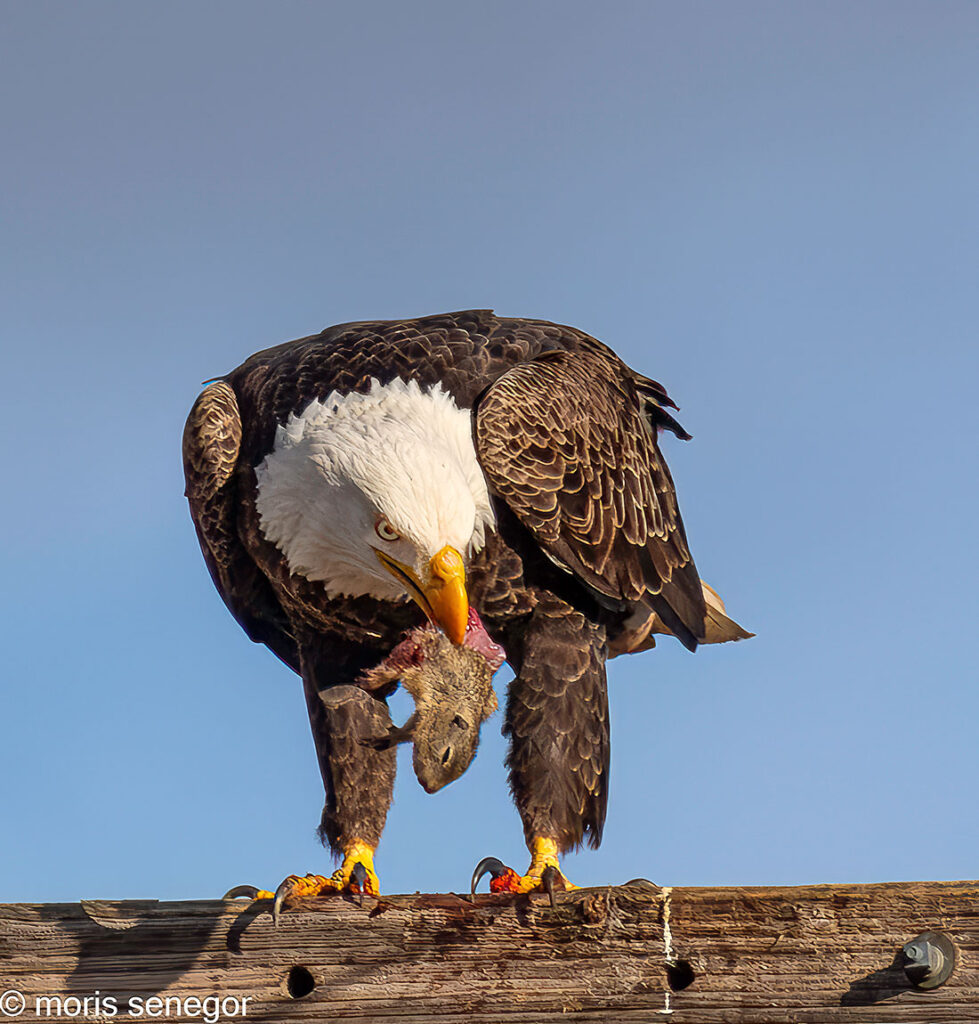
I was driving in the Klamath region when I spotted this bald eagle as it landed on a post with rodent prey. I quickly exited my car and approached it. When eating, birds are more tolerant of photographers. I shot an entire sequence of it eating its prey.
Both the hawk and the eagle were split second decisions where I capitalized on a fleeting opportunity. They could have easily been overlooked.
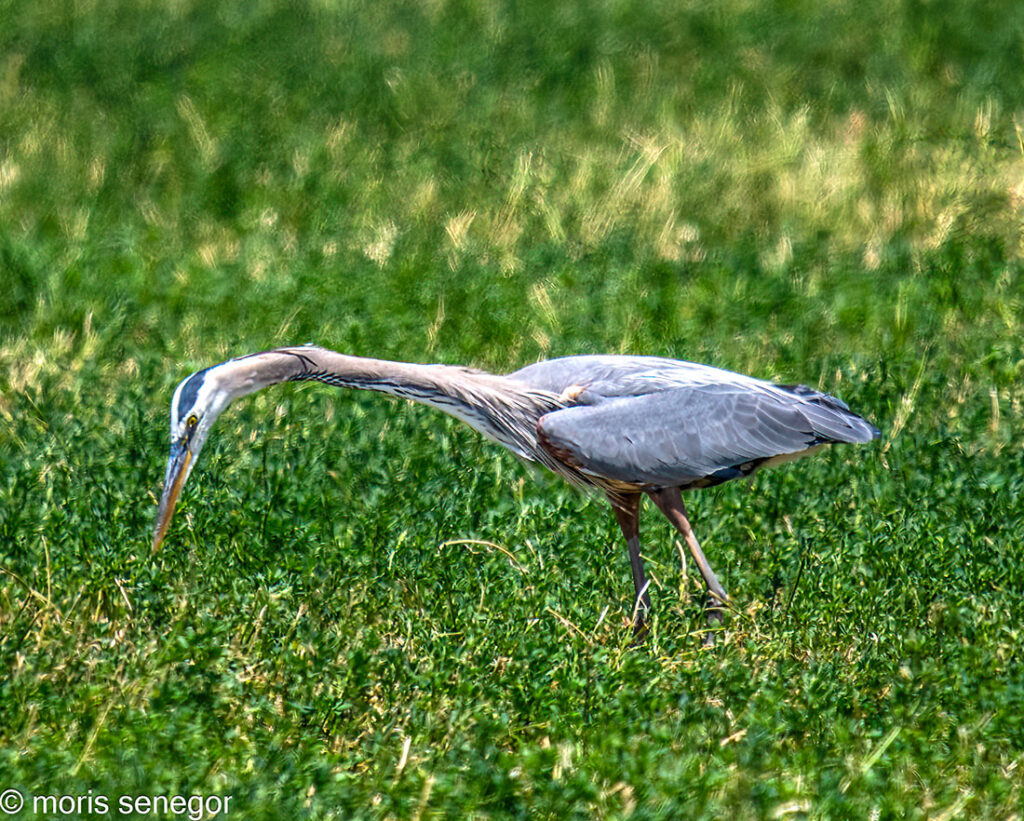
Herons and egrets engage in a specific behavior before catching their prey. They freeze and intently observe their target, waiting for the right moment to strike.
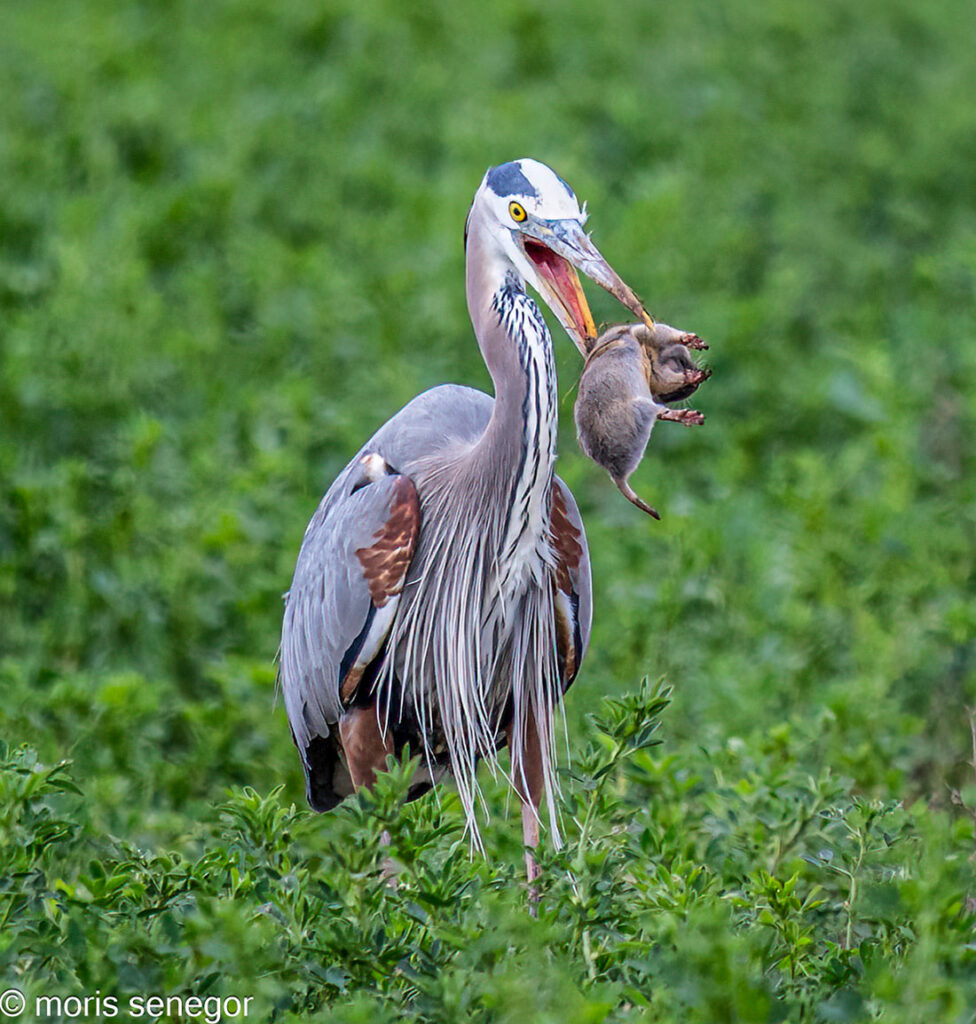
Above and below: Great blue heron with rodent prey, French Camp.
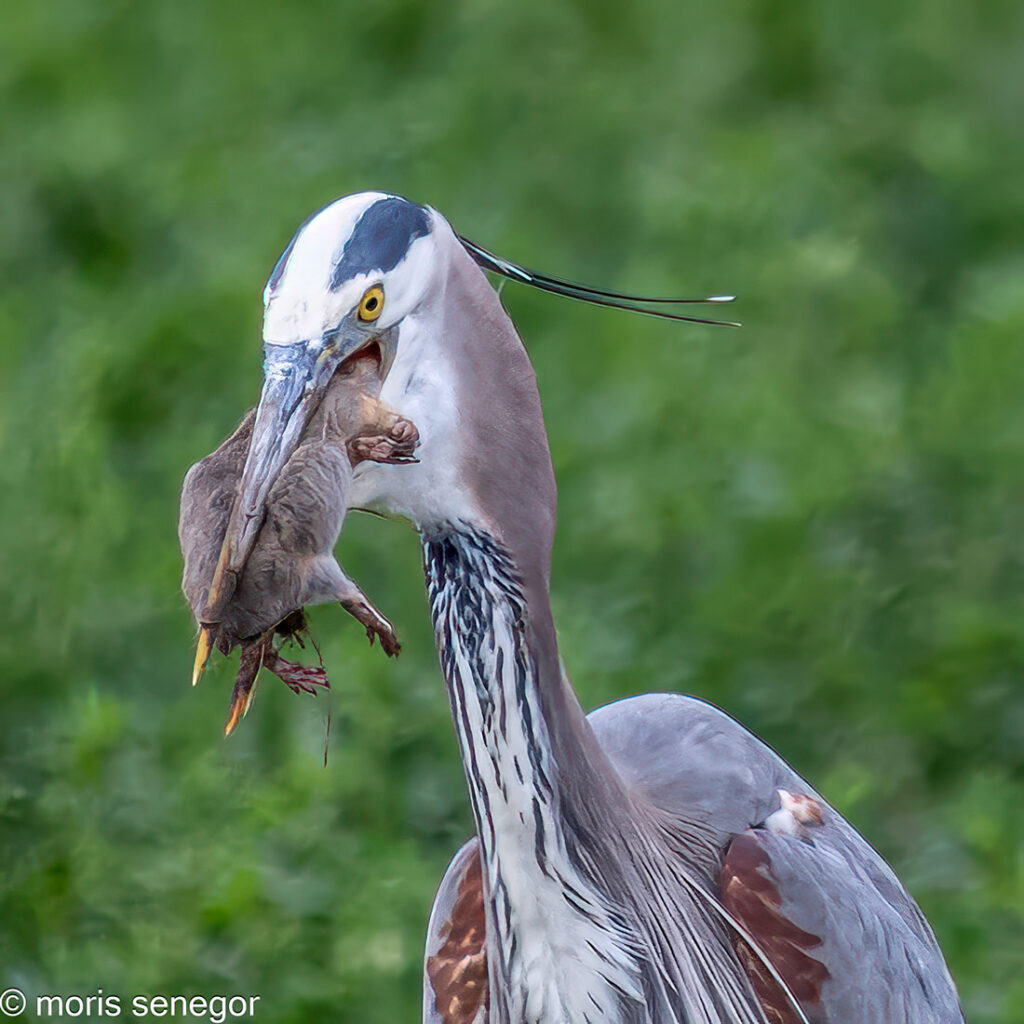
If you see this and wait, the results can be rewarding, for you as well as the bird.
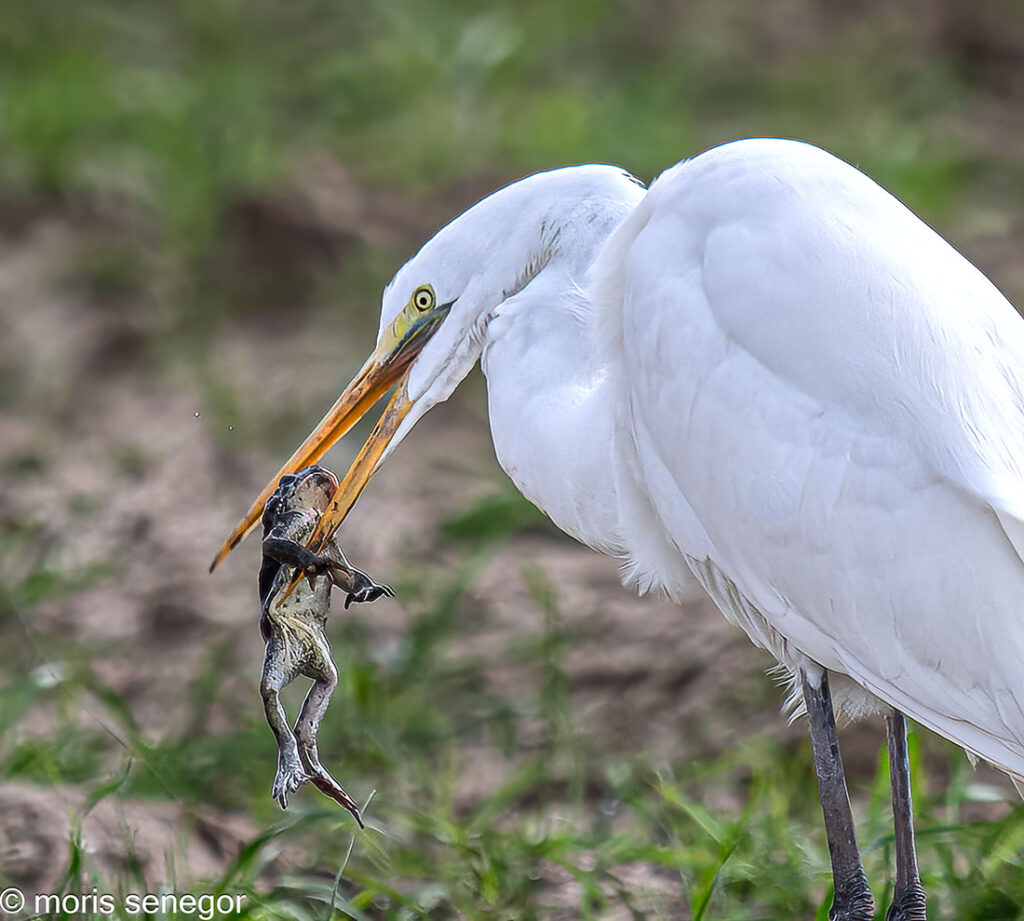
I saw this egret in an irrigation ditch, with something dangling from its beak. It turned out to be a frog. I stopped my car and shot from within, to avoid spooking the bird. The sequence of shots I took was probably my biggest reward at anticipation and opportunity.
###
Moris Senegor is a neurosurgeon practicing in our area since 1991. He is currently Chief of Neurosurgery at San Joaquin General Hospital. He has been an avid photographer since the 1980s, his photography having evolved from landscapes, cityscapes and street photos to his present interest in the moon, wildlife and birds in flight. Dr. Senegor is also a wine enthusiast and an author who has published four books, including two crime novels. He blogs about wine, food and photography. He is a Classical music aficionado who for two decades lectured on the subject on behalf of the Stockton Symphony. His podcasts on specific Classical pieces can be found on YouTube. You can further explore his books, blogs, music podcasts and photography at his web site morissenegor.com.

Leave a Reply
2 Comments
Wow! Dr. Moris Senegor obviously has learned how to master discipline skills in whatever he attempts. If I ever need a neurosurgeon,
he would be a top choice because I’m sure he is as talented in his chosen profession as his hobbies.
Thank you, Dr. Senegor, for sharing these remarkable photos and giving your tips to other photographers.
Absolutely awesome!!! And great tips for all types of photography!